Gardeners tend to find themselves in one of two plots: those who till their land for vegetables, and those who use green space to showcase a curated zoo of fragrant and eye-catching specimens.
As someone who has now written books on the science of cooking and, most recently, the science of gardening, I can assuredly say that I have a boot on both sides of the fence.
But we needn’t be so rooted in taking choosing between productivity and prettiness. With some 27,000 of the world’s 390,000 plant species being edible, there is a bounty of plants that are a feast for the eyes and nose, as well as for the belly.
Here are some edible ornamentals (or ‘edimentals’) that are guaranteed to get foodies reaching for the trowel and green-fingered folk firing up their ovens.
The best edible ornamental plants
Borage (Borago officinalis)
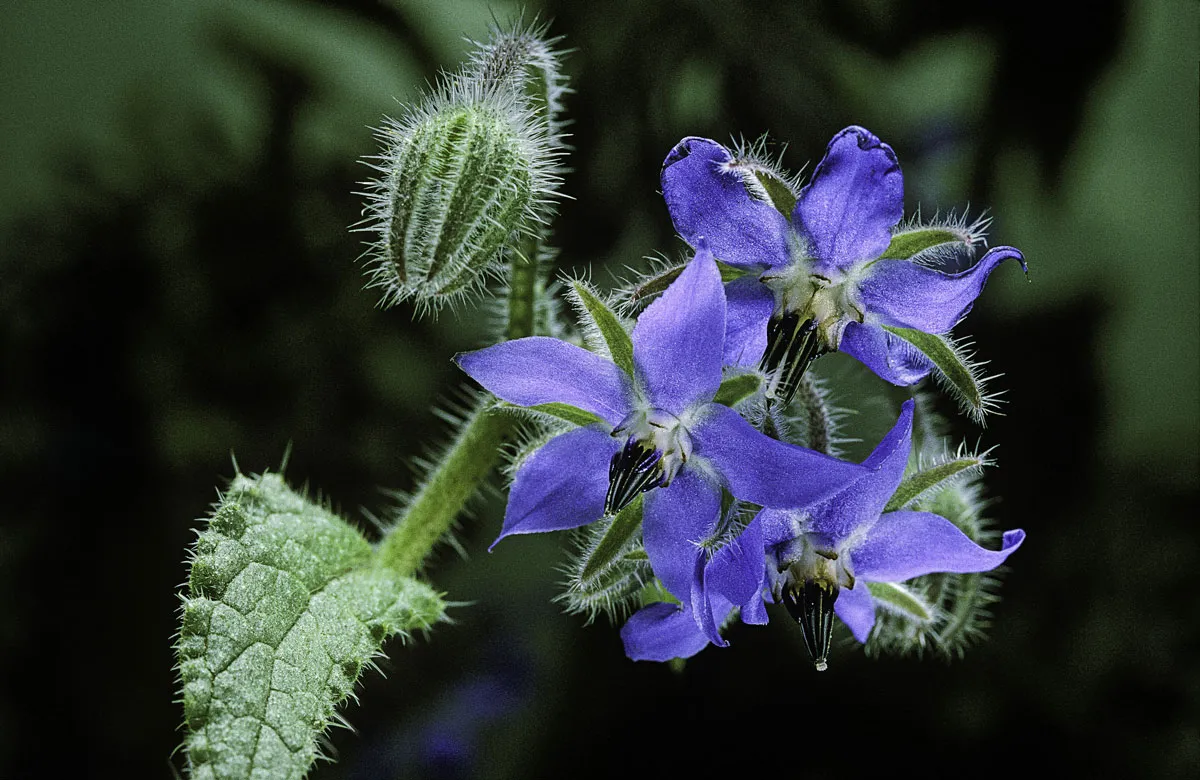
A plant’s flowers are its crowning glory – they are a fragrant, sugar-laden beacon to entice pollinators. And so hence can be the most flavourful part of a plant, unlike their life-sustaining leaves and stems, which are often protected with bitter-tasting insect repellents.
Borage’s dainty blue star-shaped flowers are candy for the eyes as well as for sweet-toothed humans and bumble bees. Borage’s flowers are replenished with sugary nectar faster than most plants’ blooms – refilling with sticky syrup.
It’s no surprise to see them swarmed by bees in summertime. And because sweetness amplifies flavours on the human palate, borage flowers a delicious, honey-like taste.
Munch them on their own or add them to cakes, cocktails and salads. Their leaves taste like cucumber and have long been a part of Italian cooking, where are used as a spinach alternative. Try them in soup, pasta, ravioli and frittatas, or use young leaves in salads.
Read more:
- The 7 biggest gardening myths, debunked by science
- 7 robotic lawn mowers to keep your garden neat and tidy
Geraniums (Pelargonium species)
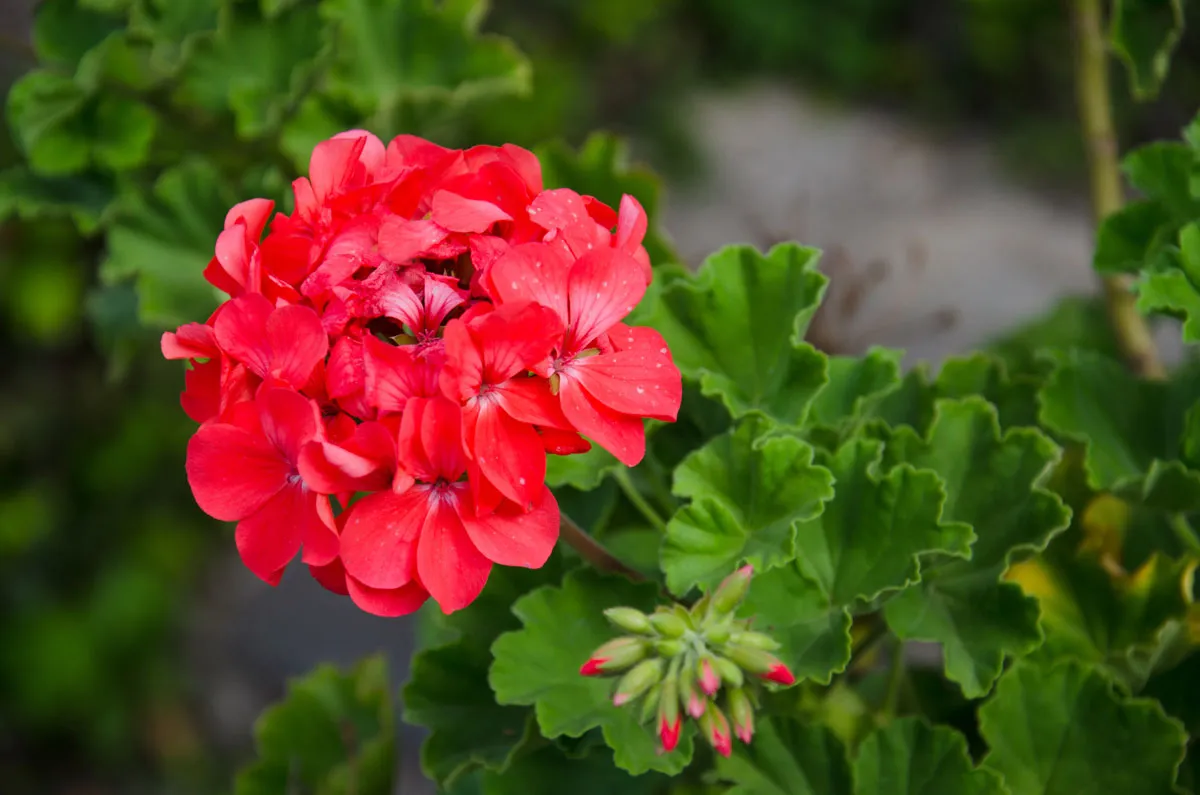
Most of a food’s flavour comes from its aroma, so selecting edible ornamental varieties that have been bred to be highly scented can be a boon for cooks, infusing fresh flavours into foods.
Line a cake tin with rose-scented geranium leaves, for example, and your cake will be suffused with gentle notes of rose. You could try using scented geranium leaves and flowers in cream cheese with lemon, muffins, cakes and lemonade.
Nasturtiums (Tropaeolum majus)
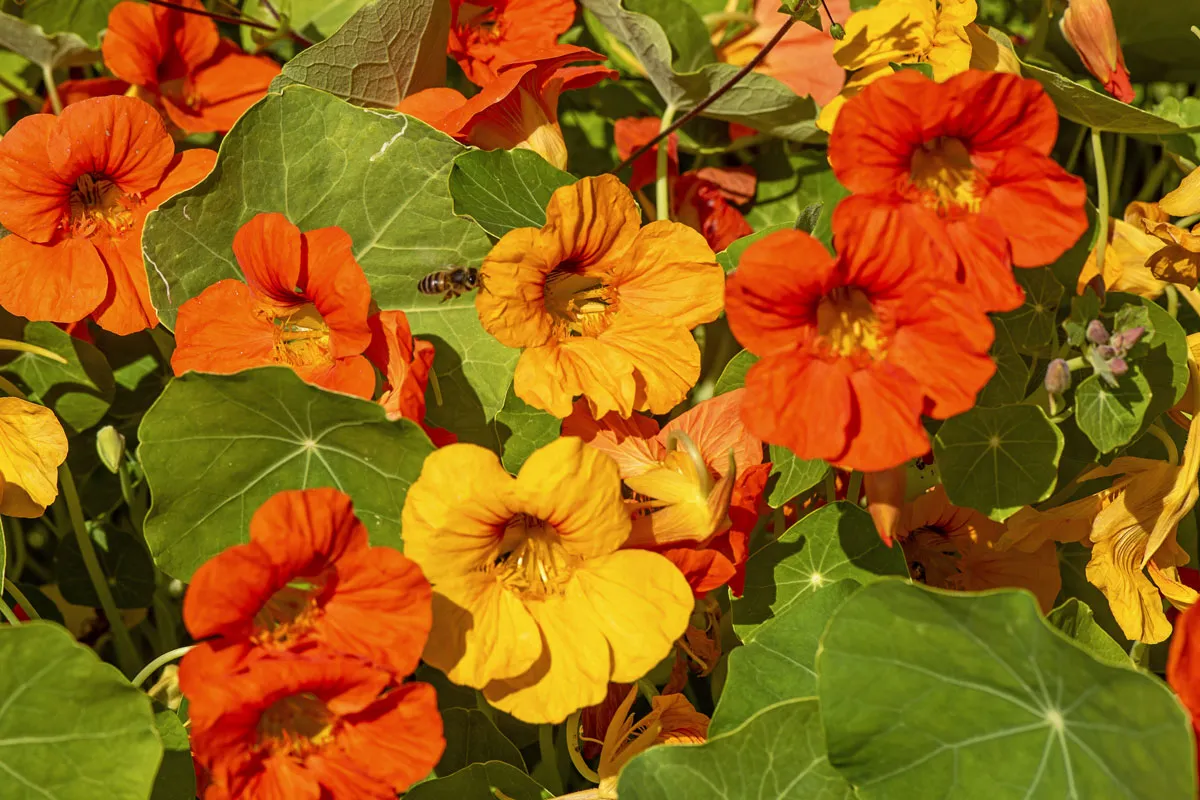
With a peppery, watercress-like taste, colourful nasturtium flowers will brighten up both salads and garden borders alike. Packed with potassium, phosphorus, calcium and other important minerals, there is no shortage of recipes incorporating this healthful flower and its leaves.
Hostas
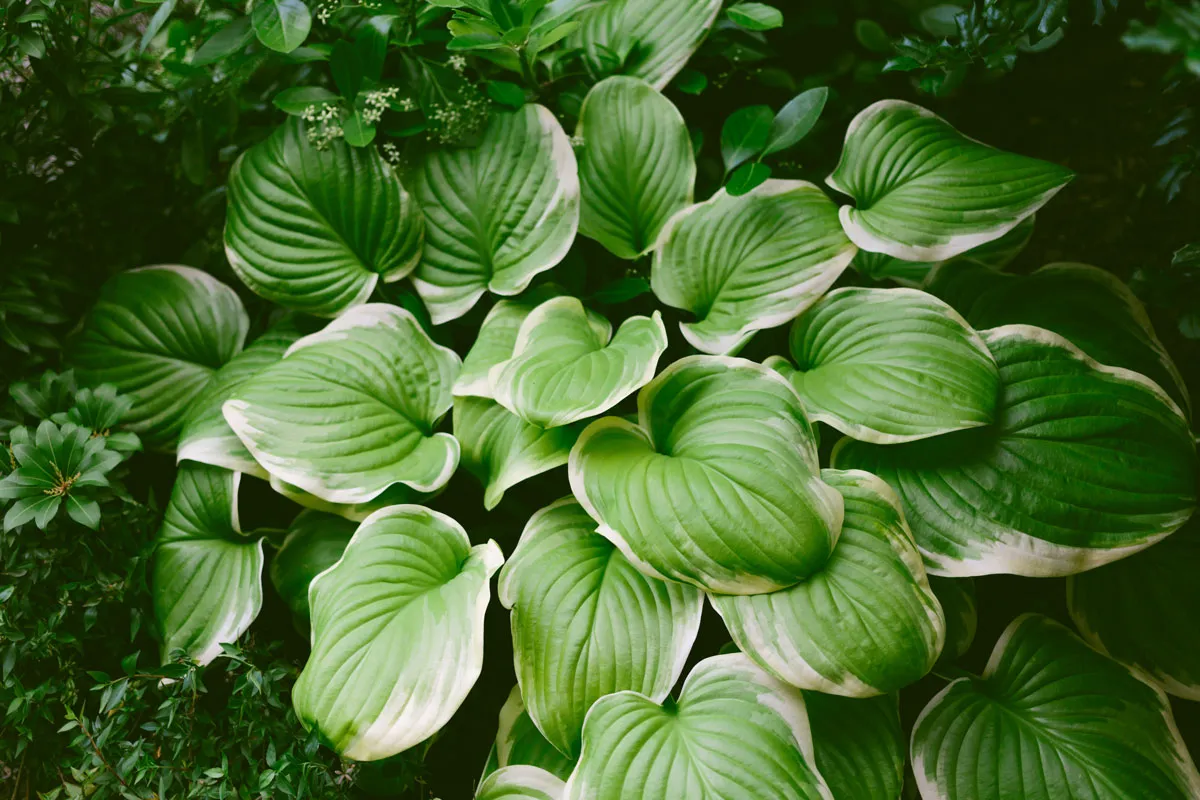
A perennial favourite of gardeners for their lush green foliage, hosta are infamous for being savaged by slugs and snails. It would seem these slimy molluscs clearly have good taste as hosta plants are known as 'mountain vegetables' (Sansai) in their native Japan.
Young leaves and stems snipped off soon after they immerge are ideal for stir-fries or for griddle frying like asparagus. Flowers harvested later in the season offer a tasty aromatic treat, while mature leaves can be boiled or steamed for five minutes and eaten like cabbage, although expect them to taste a bit more bitter.
Daylilies (Hemerocallis species)
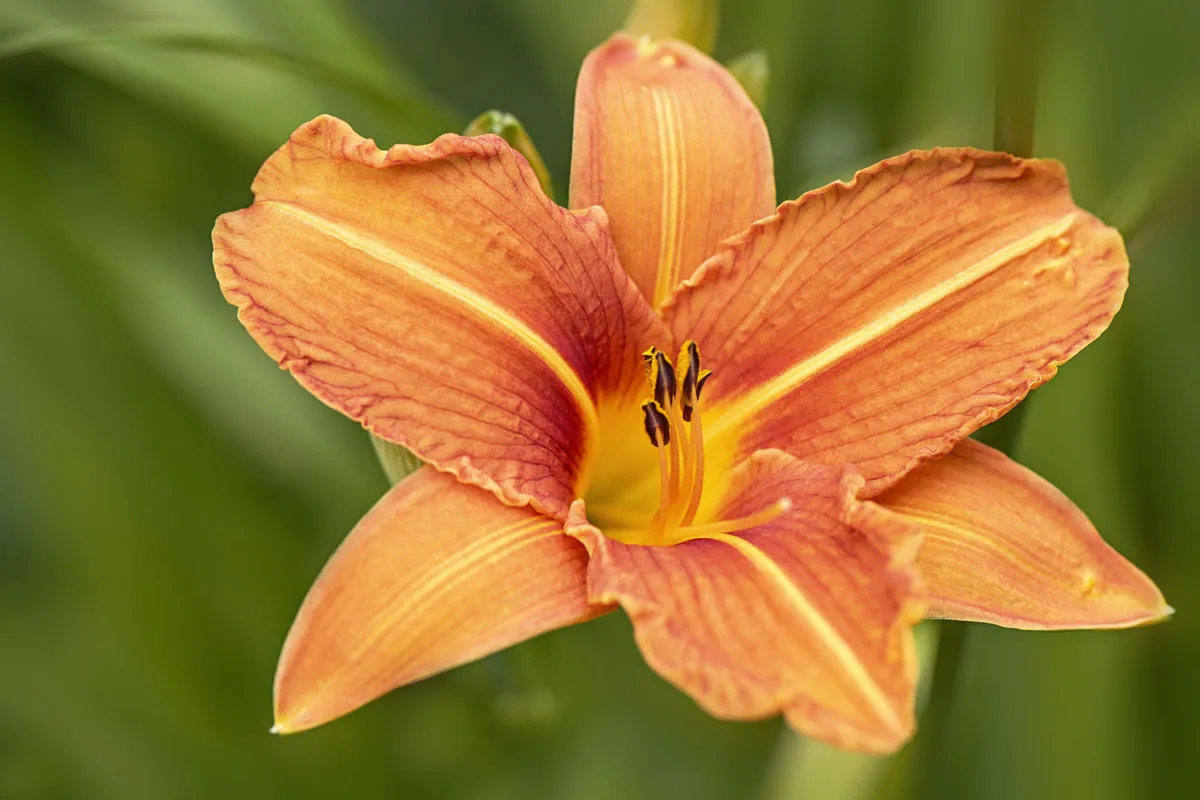
With resplendent six-petaled blooms, every part of this plant (which isn’t actually a lily) is edible and has been used in Chinese cuisine for centuries. Flowers and leaves have a pleasant, delicate flavour and can be sautéed or cooked like any other very tender green vegetable.
The small underground tubers are the plant’s starchy energy store and cook and taste like miniature fingerling potatoes but with a sweeter taste and work well boiled, fried or roasted.
The Science of Gardening: Discover How Your Garden Really Grows by Dr Stuart Farrimond (£20.00, DK) is out now and is available from these outlets and Amazon UK.
Read more: